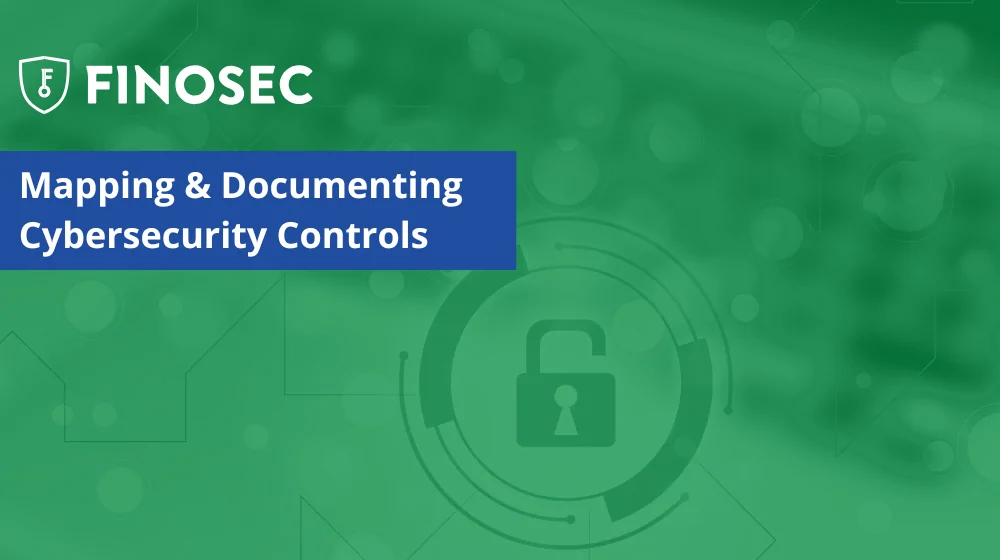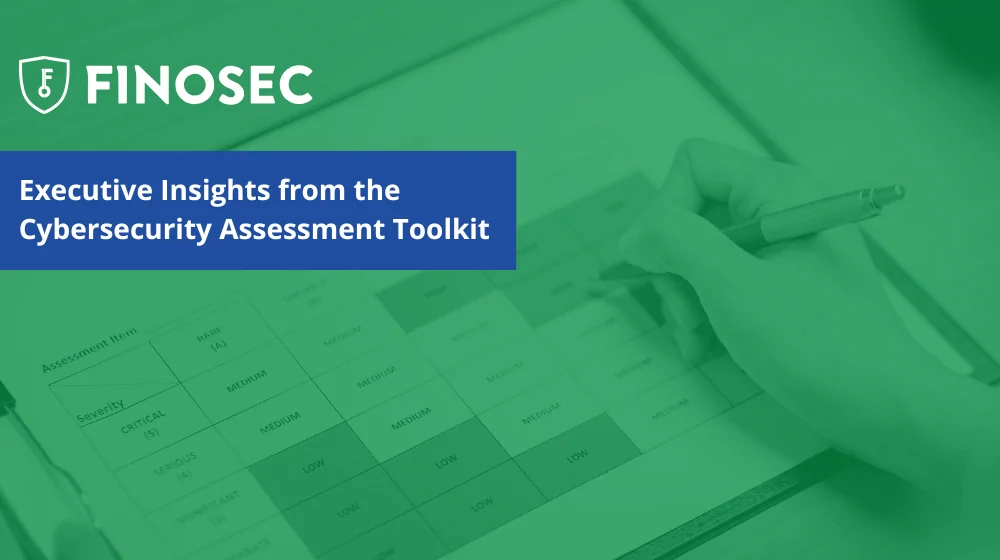If you’re gearing up for your next regulatory exam or audit, it might be time to pause and ask yourself one important question: how many spreadsheets are you using to manage the process?
Chances are, it’s more than one. And if that’s the case, it may be time to rethink how you’re preparing for these critical events.
The Spreadsheet Struggle Is Real
Let’s face it—spreadsheets have long been the go-to tool for tracking audit and exam prep tasks. But as organizations grow and compliance requirements become more complex, these familiar tools start to show their cracks.
Think about it. How many of your spreadsheets require manual updates? How often are you sending these spreadsheets back and forth between team members, trying to ensure the latest version is the right version? And perhaps the most frustrating part, how many of those spreadsheets require you to input the same data in multiple places?
When your data isn’t synced or linked, you’re stuck managing updates in multiple files, increasing the chance for errors and inefficiencies. It becomes labor-intensive, time-consuming, and vulnerable to things falling through the cracks.
Manual Processes = Missed Opportunities
One of the biggest challenges with spreadsheet-based systems is the reliance on manual input. Team members already juggling a full plate may struggle to keep everything up to date, especially without a system that can automate reminders or flag missing information.
And when it comes to collaboration, spreadsheets often fall short. There’s no built-in notification system to alert someone when they need to update something. That means it’s up to each team member to remember their responsibilities, leading to inconsistencies, confusion, and sometimes even overlooked issues.
With shifting priorities and tight deadlines, it’s easy to see how spreadsheets can become more of a barrier than a solution.
What Happens After the Exam?
Even after the exam is over, many organizations continue to lean on spreadsheets to track findings and follow-up actions. This includes everything from IT and information security items to compliance and operations issues across the entire organization.
But the same issues persist: disconnected files, individual ownership, and no centralized accountability. If your Chief Risk Officer is manually collecting updates from a dozen different files, or worse, chasing down team members to make sure they’ve updated their part, that’s a clear sign your system needs a refresh.
The Real Cost of Inefficiency
While spreadsheets might seem like a simple solution, the hidden cost is the time, energy, and accuracy that’s lost in managing them. Every manual entry is a chance for a mistake. Every missed update is a risk. And every extra hour spent trying to coordinate information is time that could’ve been used more productively.
Preparing for exams and audits shouldn’t be about chasing down updates or worrying about version control. It should be about strategy, readiness, and progress. If your current approach isn’t helping you move forward efficiently, it’s holding you back.
Time for a Better Way
It’s time to start thinking about a different approach. Tools that provide centralized, automated workflows can drastically improve your exam and audit preparation. These platforms can push tasks to individual team members, track progress, and provide visibility for leadership, all without juggling a dozen spreadsheets.
Better yet, these tools can centralize post-exam findings, ensuring nothing slips through the cracks and allowing your team to learn and grow from each audit experience.
And here’s the best part: your experience can help others too. By sharing your post-exam insights, you contribute to a growing knowledge base that benefits community banks and organizations just like yours. Together, we can identify trends, avoid pitfalls, and build smarter strategies for compliance and success.
Let’s Talk About Your Process
So here’s a simple challenge—how many spreadsheets did you use during your last exam or audit prep?
Connect with us on LinkedIn and let us know. Your input could be the first step toward reshaping how organizations like yours approach audits and exams. And if you’re ready to explore a better system, there are resources available to guide you through the transition.
Let’s stop letting spreadsheets slow us down. Let’s move toward progress, efficiency, and smarter compliance.
If you’d like your next audit to go faster, join us for our upcoming webinar: Delete the Spreadsheet to learn more.






